Talk about the aerospace measurement and control system
Author:Institute of Physics of the Ch Time:2022.08.07
The road of flying sky
At 10:44 on June 4, 2022, the manned spacecraft No. 14 of Shenzhou started sailing again, causing great attention from the international community.
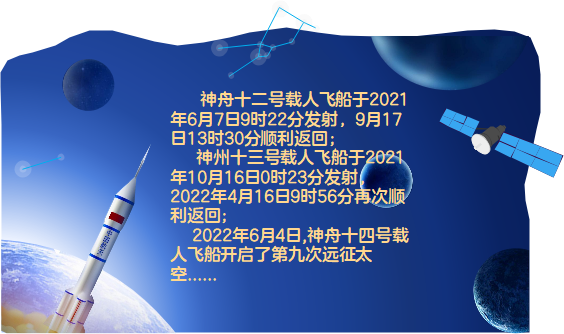
The Central Radio and Television Terminal conducted a comprehensive follow -up report on the rocket launch process. The spacemen in the live broadcast rocket launch screen were better than the "OK" gesture in the cabin. Some familiar passwords are echoed in an orderly manner: "USB, radar, tracking normal!"
Do you have a series of questions when you are excited: how to accurately track the target under the premise of continuous changes in speed and distance during the launch process? What is the signal signal? What is the USB radar?
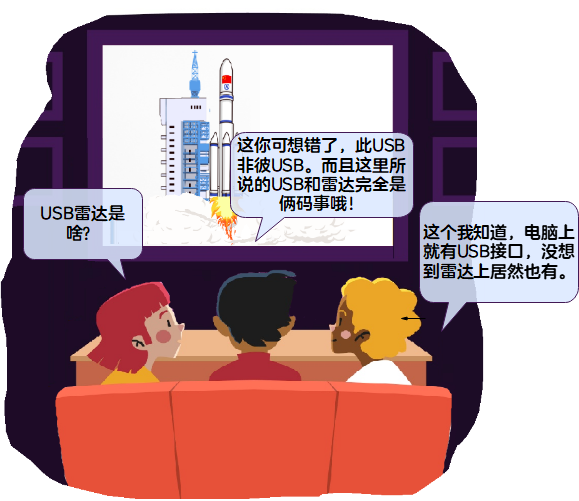
With these questions, let's first understand the "aerospace measurement and control system" together.
Aerospace measurement and control system composition
The aerospace measurement and control system is divided into the following subsystems according to the function:
Tracking measurement system: tracking the spacecraft and determining its ballistic or orbit. Being able to track the spacecraft accurately is the basis for achieving communication. When the spacecraft enters the space track, the ground monitoring station needs to monitor the aerospace in every moment.
Remote test system: Remote measurement, engineering parameters inside the spacecraft, and spatial physical parameters measured by sensitive device.
Remote control system: control the posture, track and other states of the spacecraft through radio.
Computing system: For the determination of ballistic, track and posture, and calculation in real -time control.
The computing system is the core of the entire measurement and control system. It requires large -capacity and high -speed computers. After calculating, analysis, and drills confirming its correctness to ensure the reliability of dual -work work, it can only be used after setting. After each measurement and control station is processed, the data of this site is concentrated in the measurement and control center to analyze and make control decisions.
Time unified system: ensure the time synchronization of the entire measurement and control network.
In space activities, the measurement data and time obtained and recorded by each measurement and control station must be strictly unified at the same time standard to analyze and deal with them. The countdown of 10 seconds is not to pretend to be handsome! Can let participants quickly get the current system status and make a correct response. In fact, the countdown program is still 2 hours, 1 hour, and 30 minutes. Each system must maintain synchronization and unity, strictly and scientifically proceduralize the various actions before the rocket take off according to time, so as to be "oneless".
Display recording system: Show the spacecraft's remote test, ballistic, track and other parameters and its changes.
Communication and data transmission systems: The intermediate equipment of various electronic equipment and communication networks, communicate information between various systems, and achieve command scheduling.
Each system forms a complete aerospace measurement and control system through communication networks, mutual cooperation, and complementation. The reason why we can see a clear and stable live broadcast screen is that the premise is that the measurement and control system can continue to track the rocket's operating trajectory
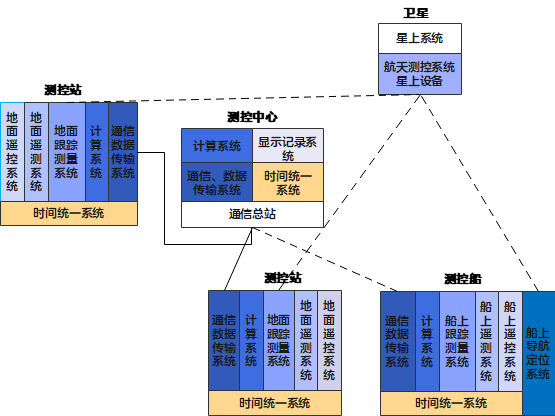
What is a remote test?
"Remote test signal is normal" indicates that the rocket running parameters are within the ideal range.
Remote test is a kind of automatic communication process. The aerospace measurement and control system can transmit measurement data that cannot be directly accessible through the remote test method to the measurement and control station, thereby achieving measurement and monitoring of the target measurement target.
After the Rockets launch, the internal data inside the rocket can only pass the various data back to the ground through the telemetry system, thereby monitoring and analyzing the state of the rocket. If there is a problem with the rocket during flight, the remote test data is almost the only clue.
USB radar
The "USB radar is normal" that we hear is that the measurement and control system has continuously locked the goal for a period of time. The "USB" here refers to the abbreviation of the "unified S Band System", which mainly implements functions such as tracking, telemetry and communication of spacecraft.
"Radar" can get the position and movement parameter data of the target. The operating frequency is mainly in the S band (frequency range: 2-4 GHz). It can provide a target motion trajectory, which is generally composed of the distance tracking branch, orientation angle tracking branch road, and the elevation angle tracking support. The automatic tracking of the distance, orientation and elevation angle of the test target is completed respectively. To achieve this tracking process, a closed -loop feedback control is required between the radar and the test target.
For example: To get precise data for monitoring targets, after the radar owner's reflection surface (that is, the large pot we are familiar with) focuses, forming two oval leaf -shaped signals in the air and overlap each other. It is the middle part of the signal superposition. When the radar automatically tracks a target, if the monitoring target is in the direction of the two waves of overlap shaft OA, the signal strength is equal. In other words, when the echo signals received by the two beams are equal, the direction of the signal axis is the target direction. At a certain moment, due to the target movement to a new position, it deviates from the antenna axis direction (that is, the direction of OA), and a angle error will be generated between the target and the antenna axis direction.
The angle error makes the antenna system error signal output (if the target is in the OB direction, the angular error is θ, and the echo ratio of the beam 2 is strong; when in the OC direction, the angle error is θ ′, the beam 2 of the beam 2 The back wave is weaker than the waves of beam 1, so comparing the strength of the two beam echo can determine the direction of the signal axis of the target deviation), and the receiver is enlarged and transformed to the orientation of the antenna after the error signal is enlarged and transformed. The input terminal of the amplifier is controlled after the power amplifier, and the elevation drive motor is changed to change the antenna axis direction, so that the antenna electrical shaft is aimed at the target. This is the automatic tracking process of the angle coordinate of the radar on the target. However, in fact, it is necessary to achieve stable tracking. The target of the test must be within a certain range, and the error generates can generate the feedback signal to promote the antenna rotation. Once the goal exceeds this range, errors cannot converge, resulting in loss. This requires a low -precision radar "small secret" as auxiliary, and its beam will be narrower. When the target of the test is within the scope of observation, it can obtain a effective feedback voltage to achieve self -tracking and reduce the target angle information to within 1 degree. Once the target is captured, the feedback voltage obtained by the tracking error can drive the radar antenna to move with the movement of the target. If you want to find the goal, you have this auxiliary device, and then you want to escape from the "palm of the radar". It's easy.
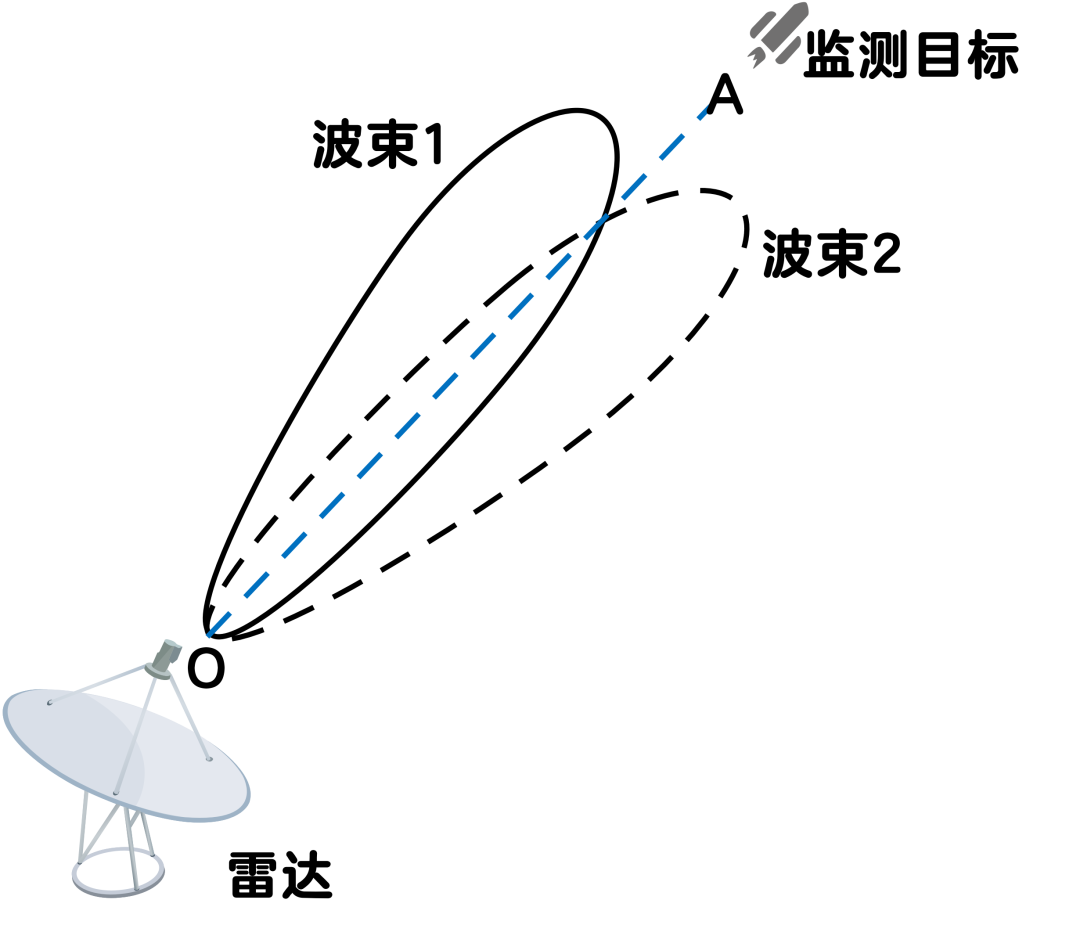

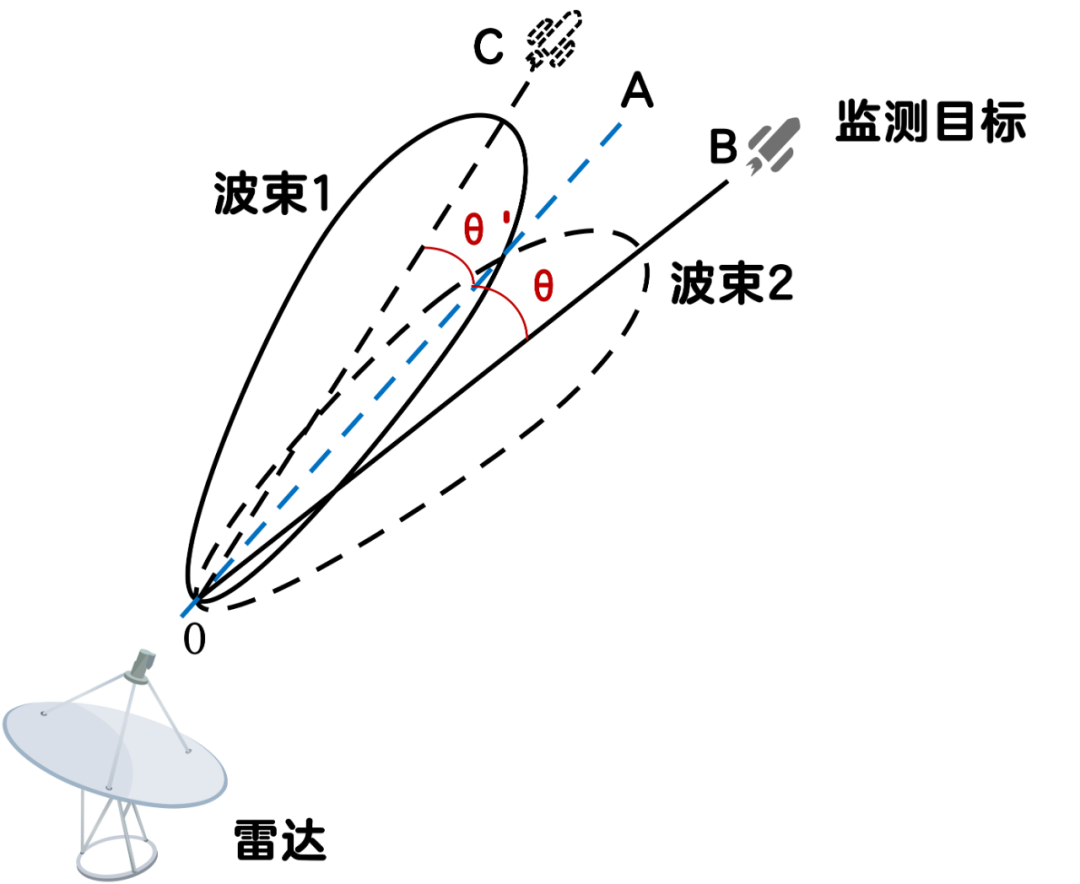


"USB Radar" mainly completes the tracking function of the target spacecraft in the unified measurement and control system of the S -band.
my country has its own USB measurement and control system, including ground measurement and control stations and Yuanwang measurement and control ships deployed on the ocean to measure the flight status of rockets and spacecraft in real time. At present, my country's measurement and control stations are distributed in Jiuquan, Tianjin, Qingdao, Xiamen, Weinan, Chile and other places.
However, it is impossible for any ground station to form a communication link with the tracked spacecraft at any time. According to the flight track of the tracked spacecraft and the location of the ground station, in a flight circle, the communication time with a ground station with a ground station is secondary. Generally between 3 and 8 minutes. In order to improve the coverage of the measurement and control system, a large number of measurement and control stations need to be properly arranged on the surface of the earth. However, due to the limitation of objective conditions such as regional and security, it is impossible to increase the number of ground measurement and control stations unlimited, and the cost of using a large number of sea measurement ships is too high. In order to expand the tracking range, the measurement and control station is moved to the synchronous fixed -point satellite. The relay satellite is generally located on the Earth's synchronous orbit, covered with wide coverage, and passed the signal of the spacecraft and reposted back to the ground measurement station.
The transmission capacity of relay satellites has a large transmission capacity and high transmission speed, and the transmission of heaven and earth has been transformed from "sheep intestine trail" to "highway". In order to be measured, it is possible to control it and maintain a reliable communication link between the ground stations and the spacecraft, so the importance of relay satellites is self -evident.
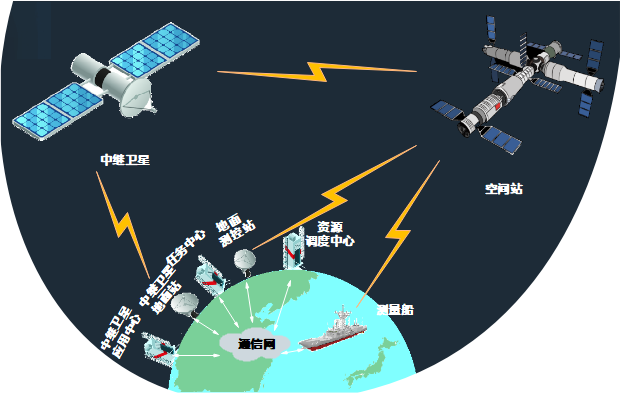
my country Aerospace Surveying and Control Network Development
The Tianchang No. 1 ground terminal station independently developed by the my country Network Communication Research Institute, the hardware and software of satellite communication equipment with high -end modulation and efficient coding technologies after the newly -built multi -set fixed stations, vehicle stations, portable stations, and upgrades. The joint aerospace measurement and control system, a sufficient satellite communication transmission capacity, can meet the requirements of the manned space station for long -term operation data transmission. Want to talk to the astronauts for a day? Do you want to listen to a "space network lesson"? It's not a matter, so you talk about whether the business ability of our measurement and control system is bars.
It is the most enviable "business trip" to go to work today. However, there are too many hardships behind the enviable. Behind the success of each launch task, countless aerospace researchers insist on day after day. Those passwords that sound common stable tracking are very difficult to achieve. No one can really rest assured at each launch task to the last moment. Whether the future "future" is bright.
The booming development of my country's aerospace industry is of great significance. It shows the further flying of Chinese technology and is the future of human technology development. In the future, the development of the aerospace industry is the romantic journey of the sea of stars, and it is also a long way of thorns. But as long as the ordinary and great "aerospace dream people" do not give up, we can definitely complete our "flying dream of the Chinese nation".
Reprinted content only represents the author's point of view
Does not represent the position of the Institute of Physics of the Chinese Academy of Sciences
If you need to reprint, please contact the original public account
Source: ZTE Document
Edit: Lezi Superman
- END -
"Three Meetings, One Good" Outstanding Political Teacher Style | ⑪The hardest class, fighting the hardest battle
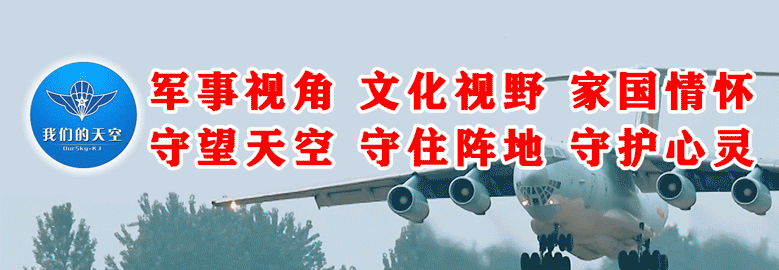
Today is the 7th year of the sky with you, 05 months 24 daysAirborne forces Three ...
Do not forget the national shame in mind history | The Forest Fire Brigade of the Zeng District launched a commemoration of the "July 7th Incident" activity

85 years ago, a gunfire on the shore of the Lugou Bridge opened the prelude to the...